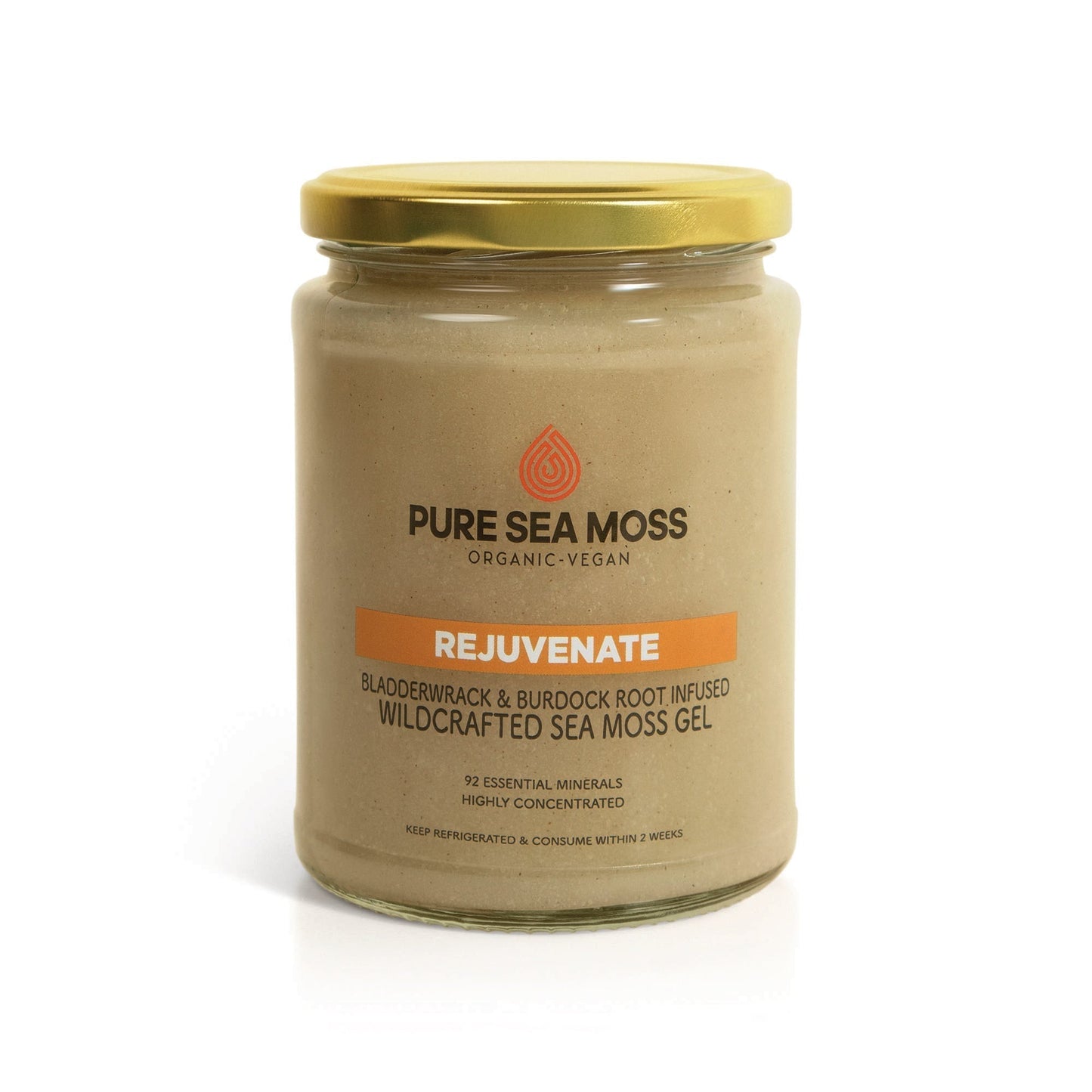
What Are the Benefits of Burdock Root?
Author: John S. Matthews | Updated: Monday, 13 October 2025 | 15:55 BST
Burdock root (Arctium lappa) has been part of European and Asian food traditions for centuries and is still enjoyed worldwide today. Beyond the kitchen, it’s well known in herbal traditions, where it’s been used for a range of everyday purposes. This guide covers what it is, how people commonly use it, nutrition highlights, sensible safety notes, and easy ways to try it—plus a simple pairing with sea moss.
Featured Summary: Burdock root is an edible root with a mild, earthy taste. It’s a source of fibre (including inulin), contains vitamin C and plant compounds, and can be cooked or eaten raw (thinly sliced). Enjoy it in stir-fries, soups, pickles, or as a herbal tea. If you take medication or have a diagnosed condition, speak to a professional before using it regularly.
What Exactly Is Burdock Root?
Burdock is a robust plant native to Europe and Asia and now grown widely. The long, slender root is the edible part used in cooking and traditional herbal preparations. In Japanese cuisine it’s called gobo and is prized for its crisp texture and subtly sweet, earthy flavour.
Nutrition at a Glance
- Fibre (incl. inulin): contributes to everyday digestive regularity and can be used in high-fibre cooking.
- Vitamin C: present in fresh root; gentle cooking helps retain it.
- Plant compounds: burdock provides a variety of naturally occurring phytochemicals (exact amounts vary by variety and preparation).
- Low calories: useful for lighter meals and veggie-forward dishes.
Note: Nutrient content varies by soil, season, and preparation. Think of burdock as a whole-food ingredient rather than a supplement.
Common Ways People Use Burdock Root
In the Kitchen
- Stir-fries & braises: matchsticks sautéed with carrot, sesame, and soy-free tamari.
- Soups & stews: slices added to miso or veggie broths for gentle sweetness.
- Pickles: quick-pickle coins with rice vinegar, ginger, and a touch of maple.
- Raw (thinly sliced): adds crunch to salads—soak briefly in water with lemon.
In Herbal Traditions
- Used as a traditional root tea or decoction.
- Often paired with other roots (e.g., dandelion) in heritage blends.
- Included in some modern wellness routines in modest amounts.
Important: This section describes traditional use, not medical claims.
Potential Benefits (Plain-English, No Hype)
- Everyday digestion: the fibre content supports a fibre-forward diet.
- Kitchen versatility: works in savoury and lightly sweet recipes; easy to batch-prep.
- Whole-food swap: a simple ingredient for anyone building more veg into meals.
Safety & Sensible Use (Read This)
- Medication interactions: If you take prescribed medicines (especially diuretics, blood thinners, or diabetes medications), speak to a healthcare professional first.
- Allergies: Those with Asteraceae/Compositae family allergies (e.g., ragweed) should use caution.
- Pregnancy & breastfeeding: Seek professional advice before regular use.
- Quality: Buy food-grade roots from reputable suppliers. Wash, peel, and cook as you would other root veg.
Quick Ways to Try It (Plus a Sea Moss Pairing)
Tea (Traditional)
- Simmer thin slices for 10–15 minutes; strain and enjoy warm.
- Optional: add a slice of ginger or a squeeze of lemon.
Kinpira-Style (Weeknight Side)
- Matchstick burdock + carrot; quick sauté.
- Finish with tamari, sesame oil, and spring onion.
Rejuvenate Gel Bowl
- Stir 1 tsp of Rejuvenate — Bladderwrack & Burdock sea moss gel into warm miso or veggie broth.
- Add mushrooms, tofu, and greens just before serving.
Related Reading
Disclaimer: This article shares general food information and traditional uses; it is not medical advice. If you take prescribed medication, are pregnant/breastfeeding, or have a diagnosed condition, consult a healthcare professional before regular use.
